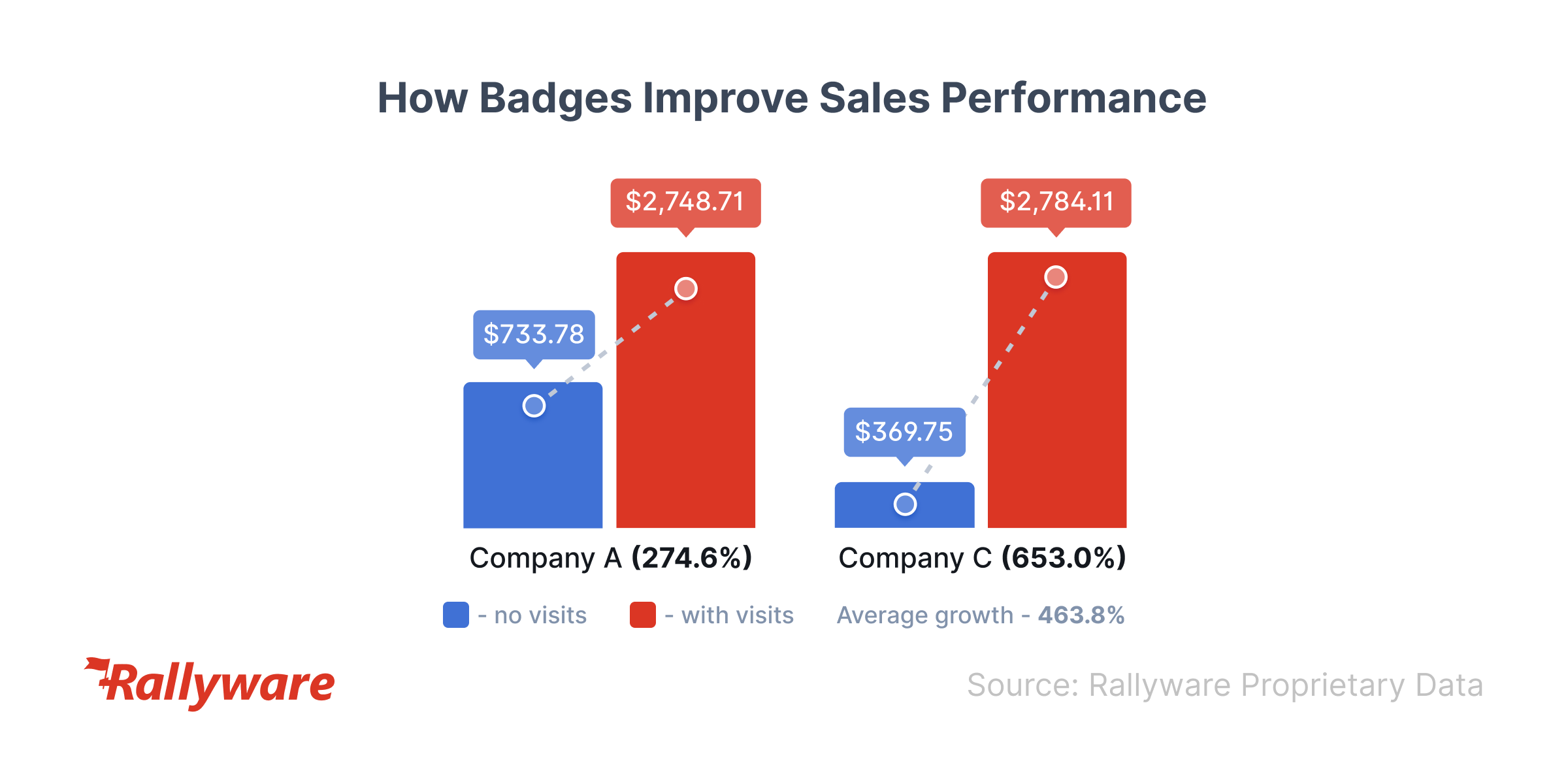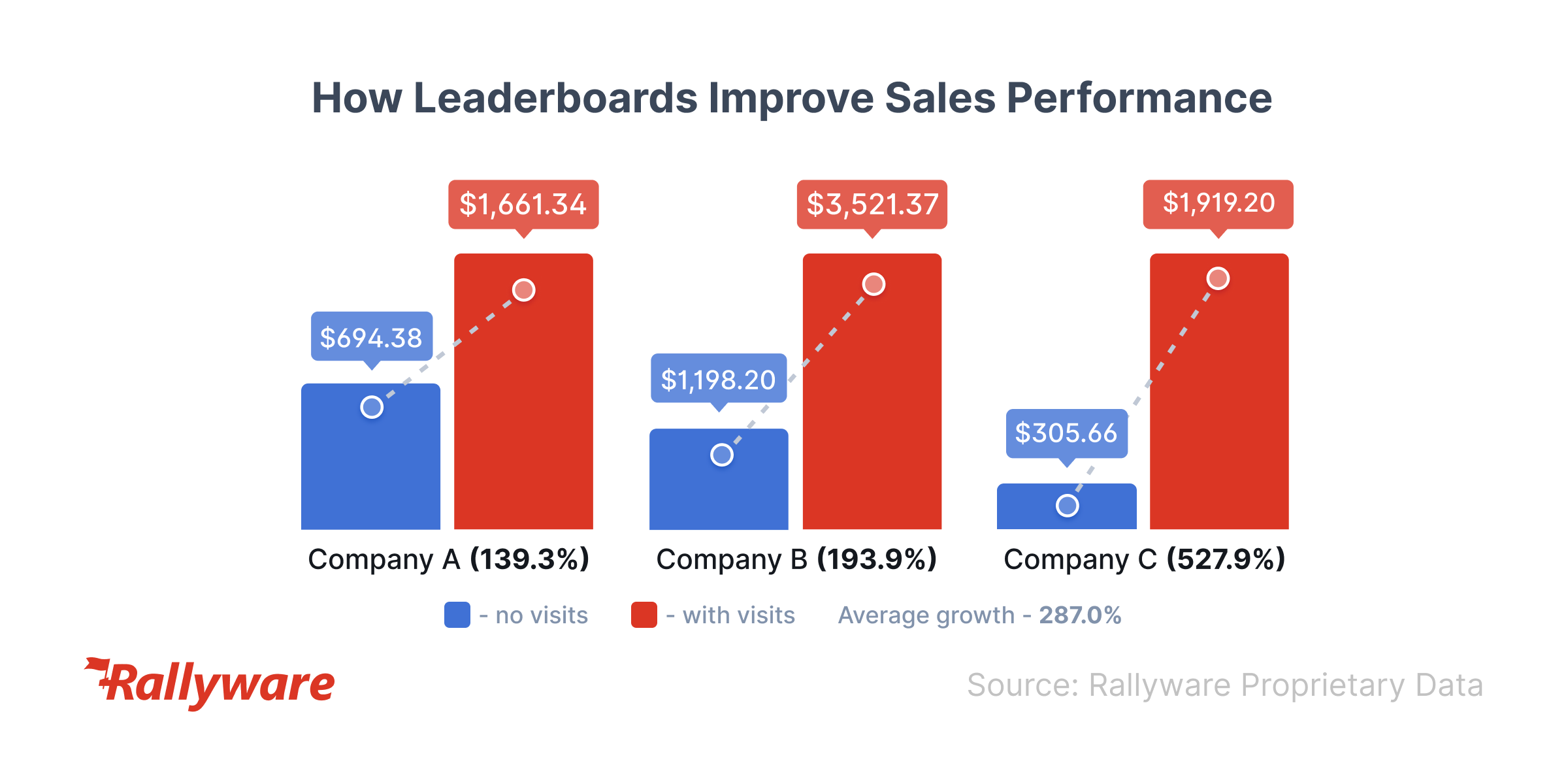Long-Term Workforce Upskilling and Reskilling: Creating a Growth Culture
The Benefits of Employee Recognition Amidst Mounting Layoffs
The layoff news keeps coming; there’ve been so many announcements so far this year, Forbes made a tracker. Understandably, the first question most people ask is, “What’s going to happen to the people who got laid off?” But there’s another question leaders should be asking: “What’s going to happen to the people who didn’t?” Layoffs are highly disruptive to workplaces and can have serious consequences for key productivity levers like employee morale, motivation, and engagement. To weather the internal storm, organizations need reliable employee recognition systems to reinforce a mutual commitment between the workforce and leadership in the wake of trust-compromising upheaval. But the benefits of employee recognition extend beyond moments of crisis (although these are exceptional testing grounds for their efficacy). Below, an investigation of the short-term and long-term benefits of employee recognition.
1. Personalized recognition drives engagement and retention.
One McKinsey study found that up to 55% of employee engagement is driven by recognition, specifically nonfinancial recognition. The inverse implication has been born out in the Great Resignation: not feeling valued is one of the primary drivers of employee attrition. That’s why one of the most important benefits of employee recognition is supporting KPIs like engagement and retention. In a survey by OnePoll, 65% of respondents said they would work harder if they felt like their contributions were noticed by management.
But, per McKinsey’s insight, it has to be the right kind of recognition. To generate the kind of trust that really increases engagement and retention, employee recognition must be personalized and instill a sense of meaning and purpose.
“Leaders can integrate a greater sense of meaning by determining what matters most to their teams, personalizing expressions of recognition and appreciation, and providing opportunities to build relationships,” say McKinsey analysts.
Workforce technologies can be helpful for realizing the benefits of employee recognition. In the performance enablement framework, personalized, high-frequency recognition is automated via gamified elements like badges which are connected directly with individual goals. The benefits of employee recognition here are demonstrated in data: personalized badges on the Rallyware platform generate triple digit growth in sales productivity.

2. Recognition drives employee confidence to drive productivity.
One of the biggest productivity drains for employees can be a lack of confidence created by the absence of consistent and constructive recognition. When leadership isn’t recognizing the quality of an employee’s work and contextualizing its contribution to wider organizational goals, employees can develop a low sense of self-efficacy, which leads to procrastination and disengagement.
Having a standardized and reliable framework for feedback and rewards multiples the benefits of employee recognition. When employees know how their work is being valued and the importance it holds to the organization, confidence and productivity rise in tandem. 97% of employees in one survey reported confidence at work improves their job performance.
Confident employees are more productive because they’re less stressed about failure or job precarity, allowing them to remain focused on their work. A strong sense of their value being appreciated leads employees to invest in their companies, and reduces the absenteeism that’s so harmful for workplace productivity. A forward-looking posture allows them to take on challenges calmly and plan for the future. In a nutshell, one of the key benefits of employee recognition is generating the long-term investment that drives productivity.
In the performance enablement framework, transparent, high-frequency employee recognition is built directly into employee workflows. Recognition isn’t a separate culture initiative but an integrated element of every day success. Recognition can take many forms, between badges, friendly leaderboards, and personal performance dashboards. With performance enablement, employees don’t have to waste time stressing about how they’re doing, wondering if their work is being valued, or, worse, repeating mistakes due to lack of feedback. On Rallyware’s platform, progress visualizations increase productivity by an average of 383%.

3. Workplaces with higher employee satisfaction have lower operational costs.
Happy employees just make everything easier, right down to nitty gritty operating costs. When employees are invested in the success of an organization because they feel the organization is invested in their success, they make mutually beneficial choices. The goal for leadership is to create an environment in which employees feel what’s best for the organization is also best for them. Cautionary tales abound when companies fail to do this. Australian workplaces lost $17 billion of productivity due to absenteeism and mental health conditions. One study estimates the cost of low employee engagement in the United States to be around $450-500 billion each year, with turnover rate costs in the trillions.
This is a problem that’s not going away: according to Gallup, employee engagement in the U.S. dropped from 36% in 2020 to 34% in 2021 and dropped again to 32% in 2022.To maintain growth and development, organizations must create easy avenues to seek help and promote flexibility, work-life balance, and emotional resilience—all of which lend themselves to lower operating costs by reducing the absenteeism, high turnover, and low engagement that cost companies astronomical sums.
The benefits of employee recognition go beyond individual productivity and engagement; as the lifeblood of any company, the condition of the workforce, satisfied or not, has huge implications for every KPI. To put it bluntly, companies simply can’t afford dissatisfied employees.
To learn more about how to realize the benefits of employee recognition with performance enablement, read more about PEP here, or sign up for a demo.
News and Insights on Workforce Training & Engagement
We’re among top-notch eLearning and business engagement platforms recognized for effective training and talent development, helping to empower distributed workforces
Subscribe
